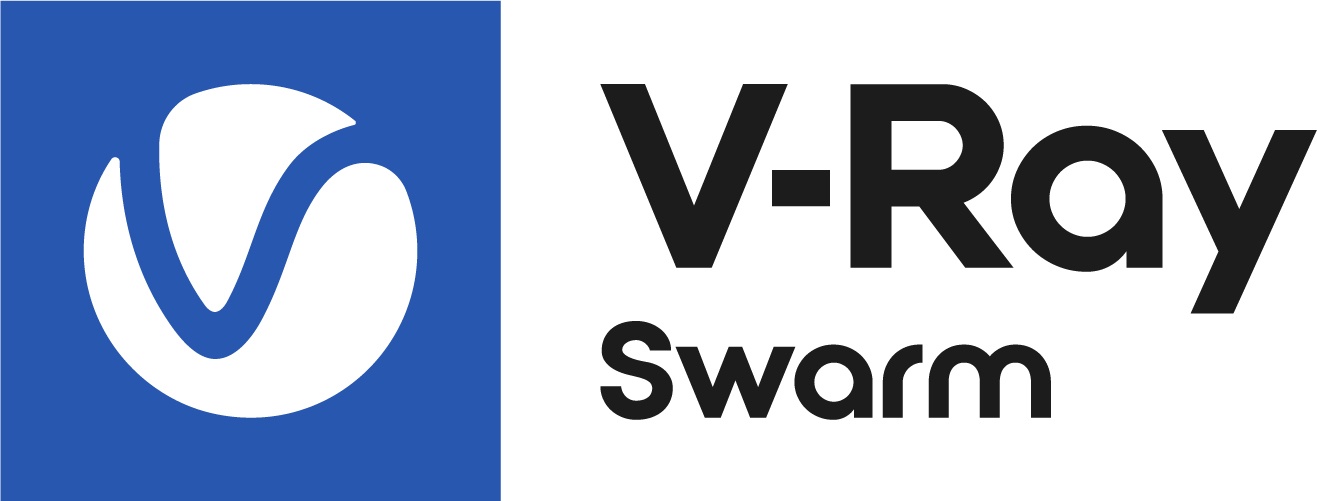Page History
...
| Div | |||||||||||||||||||||
|---|---|---|---|---|---|---|---|---|---|---|---|---|---|---|---|---|---|---|---|---|---|
| |||||||||||||||||||||
|
...
| Multiexcerpt | |||||||||||||||||||||||||||||||||||||
|---|---|---|---|---|---|---|---|---|---|---|---|---|---|---|---|---|---|---|---|---|---|---|---|---|---|---|---|---|---|---|---|---|---|---|---|---|---|
| |||||||||||||||||||||||||||||||||||||
All that is needed to dedicate a machine as a V-Ray Distributed Rendering server is to install and run V-Ray Swarm on it. It is important to prepare the network of nodes that take part in the render job before beginning the rendering process. To set up your origin node, follow the steps on the How To Set Up Swarm Clusters page. VV-Ray Swarm discovers and adds machines for rendering, handles the installation of V-Ray Standalone builds on each machine, starts and stops the rendering process, monitors CPU, RAM, and GPU resources per system, and deploys the configuration of V-Ray on all V-Ray Swarm machines with a single click. V-Ray Swarm makes V-Ray Distributed Rendering easier than ever. The new features that V-Ray Swarm adds to V-Ray Distributed Rendering areRendering are:
|
